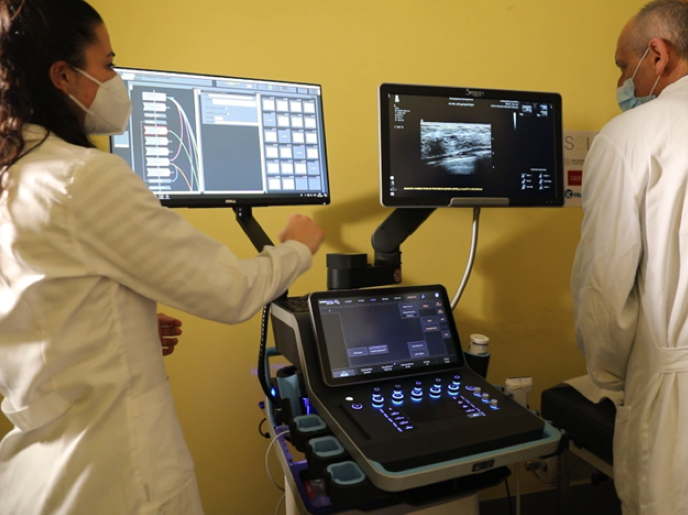Advanced infrastructure inspection technology
Over the years, engineers and architects have created a complex infrastructure of pipelines, railways and bridges that help move people and things where they need to go. Coastal defence networks such as sheet-piled barriers help protect coastal real estate and businesses from storm damage. Degradation of these so-called engineering assets with time and use leads to oil spills and leakages as well as rail fractures and subsequent derailments. Cable bridge and sheet piling corrosion could have catastrophic consequences. Non-destructive testing (NDT) encompasses a range of diagnostic tools and methods enabling an inspector to ‘see’ damage without inducing damage. It is a valuable technique that saves time, money and lives. Ultrasonic testing relies on high-frequency sound waves whose characteristics are changed in the presence of a crack or flaw. Long-range ultrasonic testing (LRUT), also known as guided wave ultrasonic testing, is a technology developed in Europe over the past 10 years. LRUT employs low-frequency ultrasonic waves making it very different from standard ultrasonic testing. In addition, the waves are guided by the boundaries of the elongated structure itself resulting in very little loss of signal and energy. LRUT facilitates inspection at distances up to 10 metres. Its use means full-volume coverage and inspection of entire pieces from one vantage point as well as inspection of inaccessible regions from accessible locations. European researchers sought to improve on existing LRUT, bringing it into a new era and opening the door to new applications. EU-funding of the ‘Long-range ultrasonic condition monitoring’ (LRUCM) project enabled numerous studies in this regard. Scientists focused on improving range and sensitivity for pipe inspections, extending the range of applications to rails and plate/sheet components, as well as development of training and certification programmes for personnel. LRUCM project results advanced understanding of LRUT technology and applications. Exploitation of outcomes could benefit the approximately 16,000 small and medium-sized enterprises (SMEs) involved in inspection and maintenance as well as ensure greater protection of lives and livelihoods.







